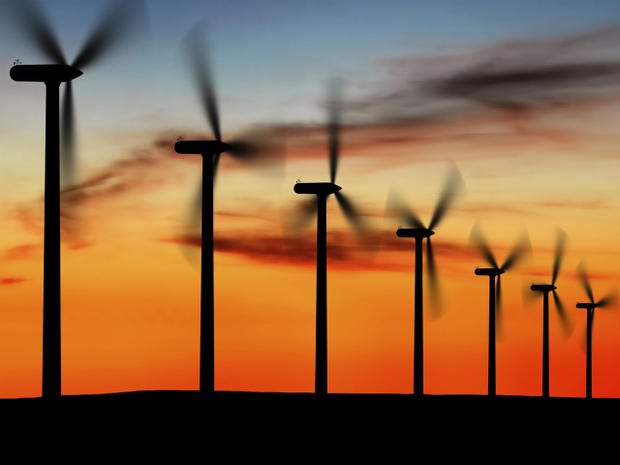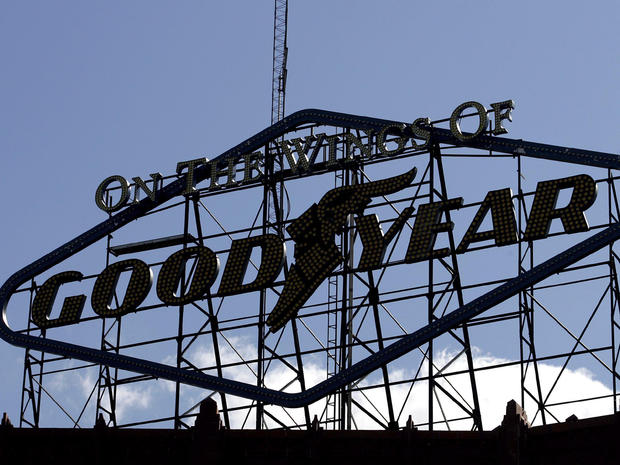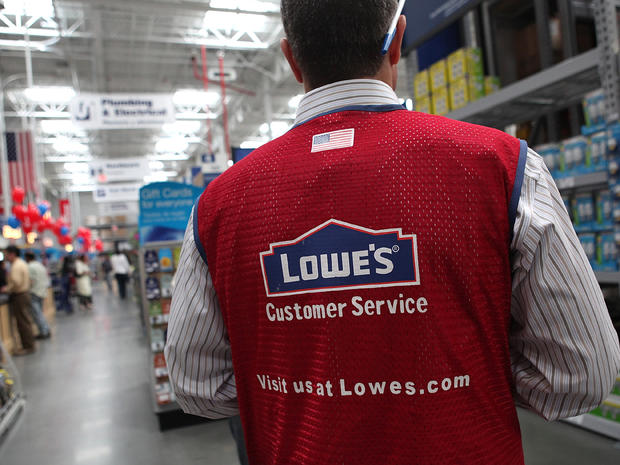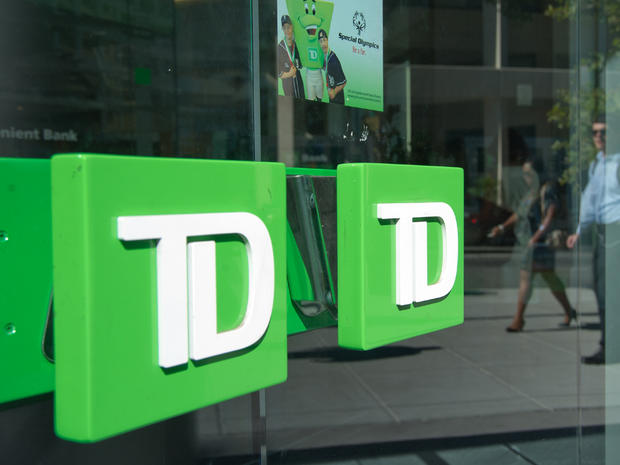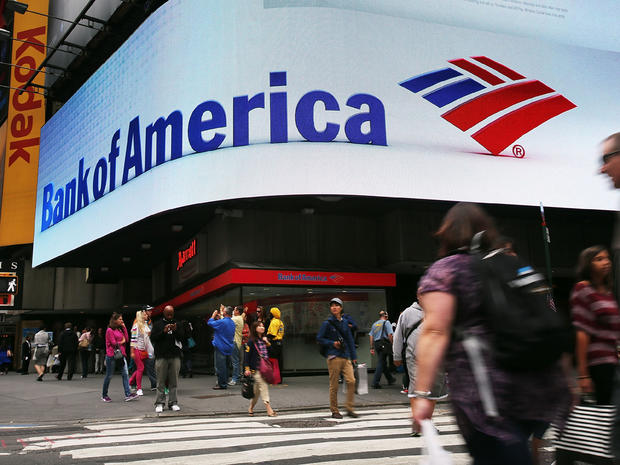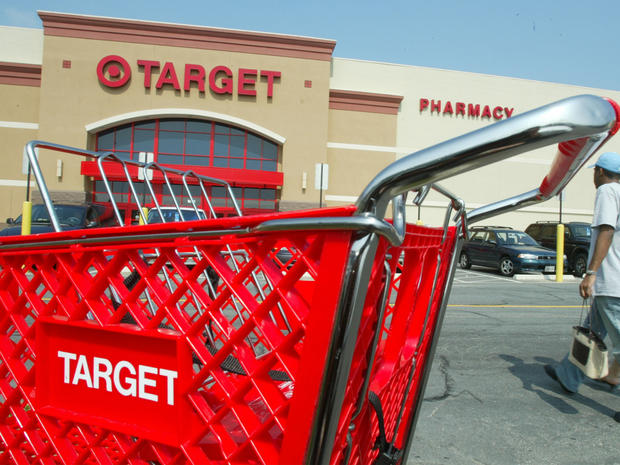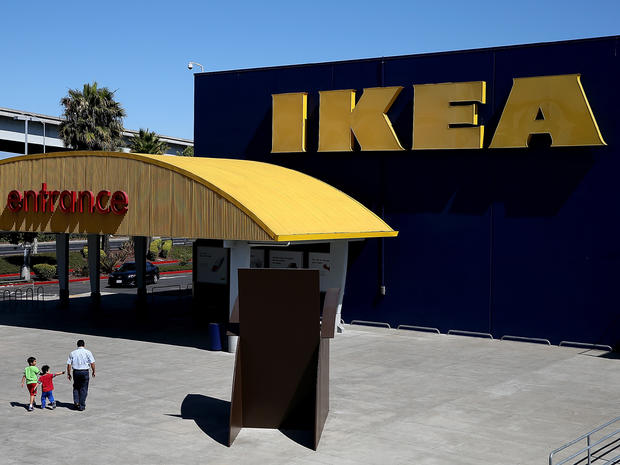10 companies working to save the planet
Companies have always topped the list of the planet's biggest polluters. They've pumped smoke into the air and dumped dangerous toxins into rivers and lakes. They've razed forests and farmland and produced enormous quantities of greenhouse gases every year.
Environmental destruction in the name of big business is nothing new. People are so used to it, in fact, that it's newsworthy when companies work diligently to protect the environment. Some are making huge progress on that front, while others are just starting to be more environmentally responsible.
It's not enough, research suggests, especially as manufacturers in China, India and the U.S. continue to produce millions of tons of greenhouse gases each year. But it's a start. Read on to see 10 companies working to save the planet.
Cargill
At the United Nations climate summit last week, Cargill and dozens of other companies pledged last week to help end the destruction of the world's tropical forests. Wide swaths of these forests have been cleared to make way for the production of palm oil, which is used in a broad range of products from margarine to cereals to soaps.
Cargill, which owns palm oil plants in Malaysia, took that vow one step further. It had already taken a stand against deforestation in the case of palm oil and soybeans. On Sept. 23, the privately held agribusiness giant announced it would extend that pledge to cover all of its supply chains. That commitment is seen among the most ambitious pledges by an agricultural company to protect the environment.
Apple
The iPhone maker is doing the most of any electronics manufacturer to clean up its environmental footprint, Greenpeace said in a recent report. Earlier this year, the company banned two chemicals that were thought to be increasing the risk of cancer and nerve damage to its factory employees.
The company says it's the only one in its industry to have data centers powered by 100 percent renewable energy. And every Apple store will take back the company's products to recycle them responsibly. CEO Tim Cook, speaking recently at a New York climate summit, said his company needs to influence others on environmental issues and be "one of the pebbles in the pond that creates the ripple."
Goodyear
Goodyear recently announced that its tires would soon include the ash left over from the burning of rice husks. More than 700 million tons of rice are harvested worldwide, the company says, and the leftover rice husks are often burned to generate electricity.
The remaining ash usually heads to landfills, but Goodyear figured out that it could be used as a source of silica in tires. Silica mixes with rubber to increase a tire's strength and help it hold wet roads, Goodyear said. It also improves fuel economy. The company has begun negotiating with suppliers to purchase rice husk ashes.
Lowe's
The home-improvement chain says its fleet of trucks travels more than 150,000 miles a day delivering products to stores. It has been working to reduce the pollution from those trucks, implementing clean-truck programs in Southern California and the Southeast. About two-thirds of Lowe's import containers are now carried by trucks that are 2007 models or newer.
Lowe's has also begun using more alternative-fuel vehicles, and has natural-gas trucks in use at distribution centers in seven states. The chain was recently recognized for its efforts by the U.S. Environmental Protection Agency.
TD Bank
Every year, TD Bank holds tree-planting events throughout the country. This year, the bank said its volunteers planted nearly 1,100 trees in 21 locations stretching from Maine to Florida. The effort is aimed at expanding urban forests in the local communities where the bank operates.
The bank estimates that volunteers have planted more than 135,000 trees since its "TD Tree Days" started.
Bank of America
The financial giant said last week it will encourage new investments in clean-energy projects by offering financing that cuts the investment risk for these ventures. It's committing $1 billion to investment structures that use "de-risking" tools, including risk guarantees and new insurance products.
Essentially, the new setup should make it easier for investors to put money into clean energy. "We want to take a leadership role in helping remove barriers to investment in clean energy projects around the world," CEO Brian Moynihan said in a statement announcing the initiative.
Target
A number of companies are taking steps to phase out equipment that uses hydroflourocarbons, the common chemical coolant that is also one of the strongest greenhouse gases in the atmosphere. Target has opened two new cold-storage facilities that bypass HFCs altogether and instead cool with ammonia.
The retailer is also using carbon dioxide refrigeration systems in five stores, with two more on the way next year. The company is working with chemical companies to test a new line of refrigerants, called HFOs, that don't affect the ozone layer at all.
Nike
The athletic apparel maker's new Flyknit material is an innovation for the environment as well as for athletes. Normally, athletic shoes are sewn together from several different types of material -- a process that can create enormous waste.
Nike says its Flyknit shoes produce two-thirds less waste because they are knitted with a synthetic yarn to form a one-piece upper, which then attaches to a sole. For Nike, less waste means fewer expenses and potentially higher profit margins.
Adobe
The software company wants to become a net-zero energy user, which means it produces as much energy as it consumes. To meet that goal, Adobe has been reducing its energy use as well as increasing its onsite power generation.
For example, Adobe installed $500 electrical timers for its parking garage exhaust fans, and said it saved $50,000 a year in the process. It also uses wind turbines and specialized boxes that convert landfill bio-gas into electricity. The company is also slashing the amount of product packaging it uses, and is changing its packaging materials to focus more on paper instead of plastic and shrinkwrap.
Ikea
The home furnishings company is spending $2 billion on becoming a net-zero energy user, and it has purchased a large wind farm in Illinois to help reach its goal. The wind farm is expected to generate the equivalent of 165 percent of the electricity consumed by Ikea's U.S. stores and distribution centers, Forbes reports.
The company is also a massive solar user -- its Portland store has more than 2,000 panels on the roof -- and is such a champion of solar that it will soon start selling low-cost solar panels at its stores in eight countries. It has already been selling $9,200 solar kits in the U.K. for the last year.
